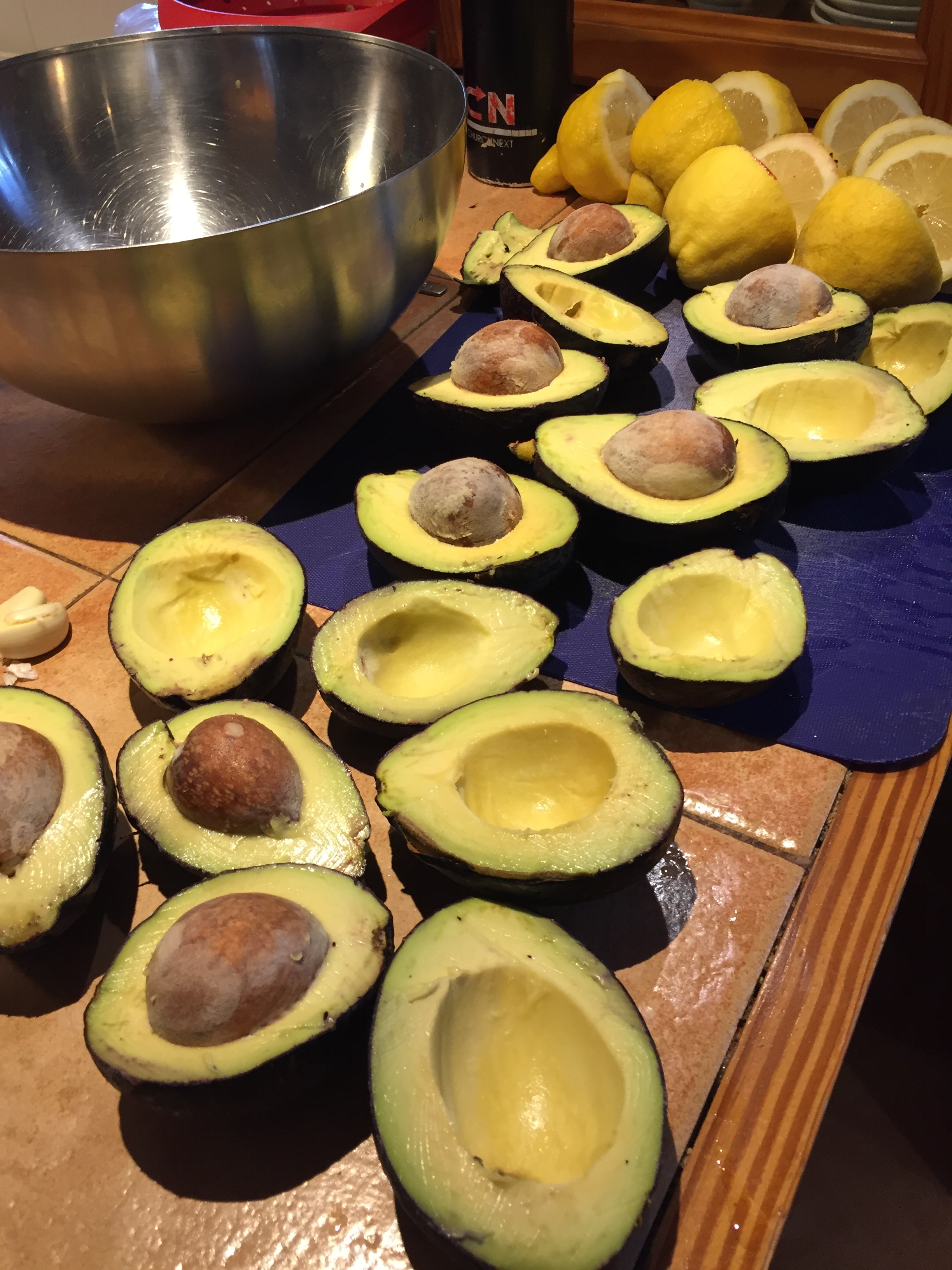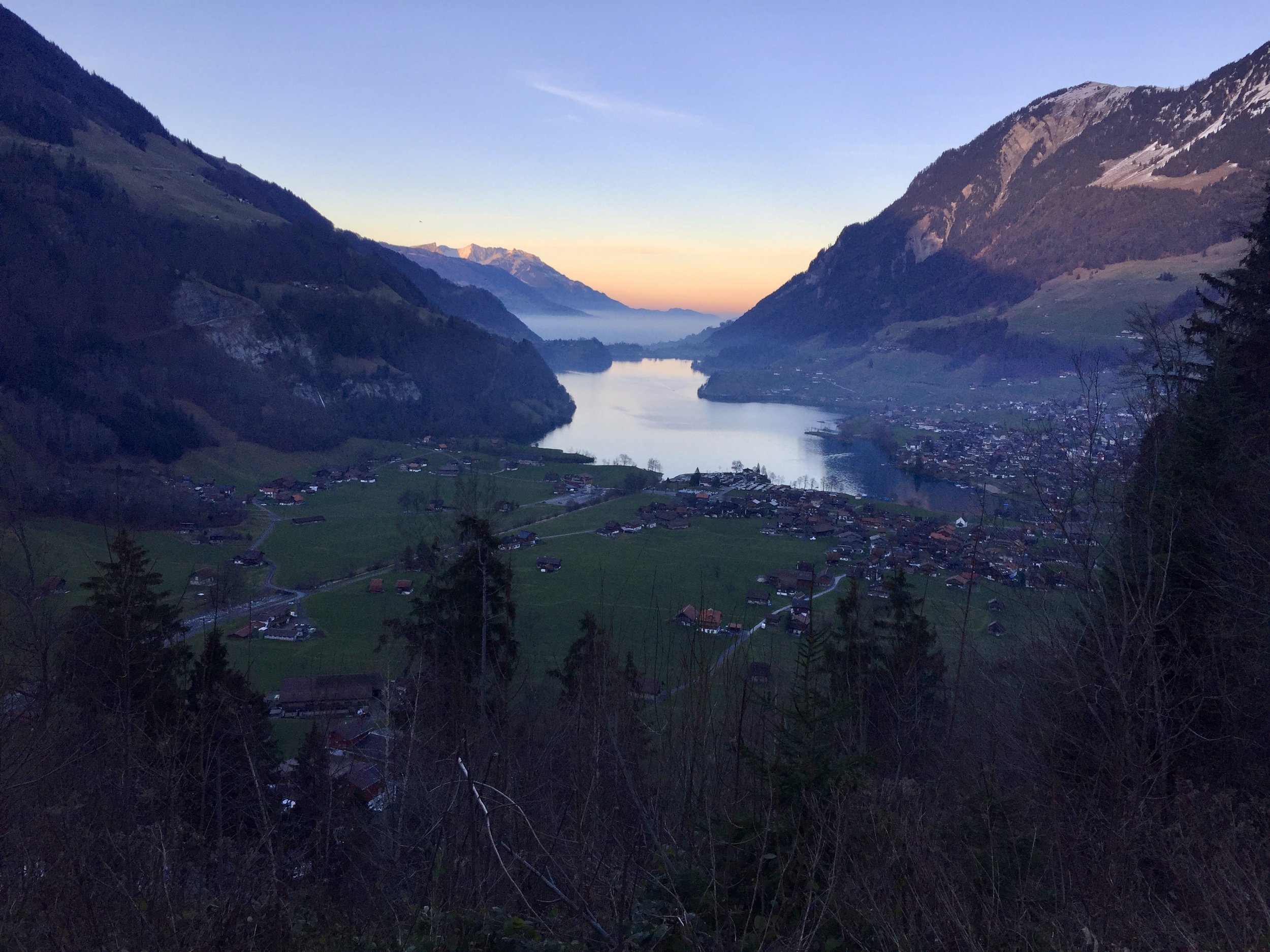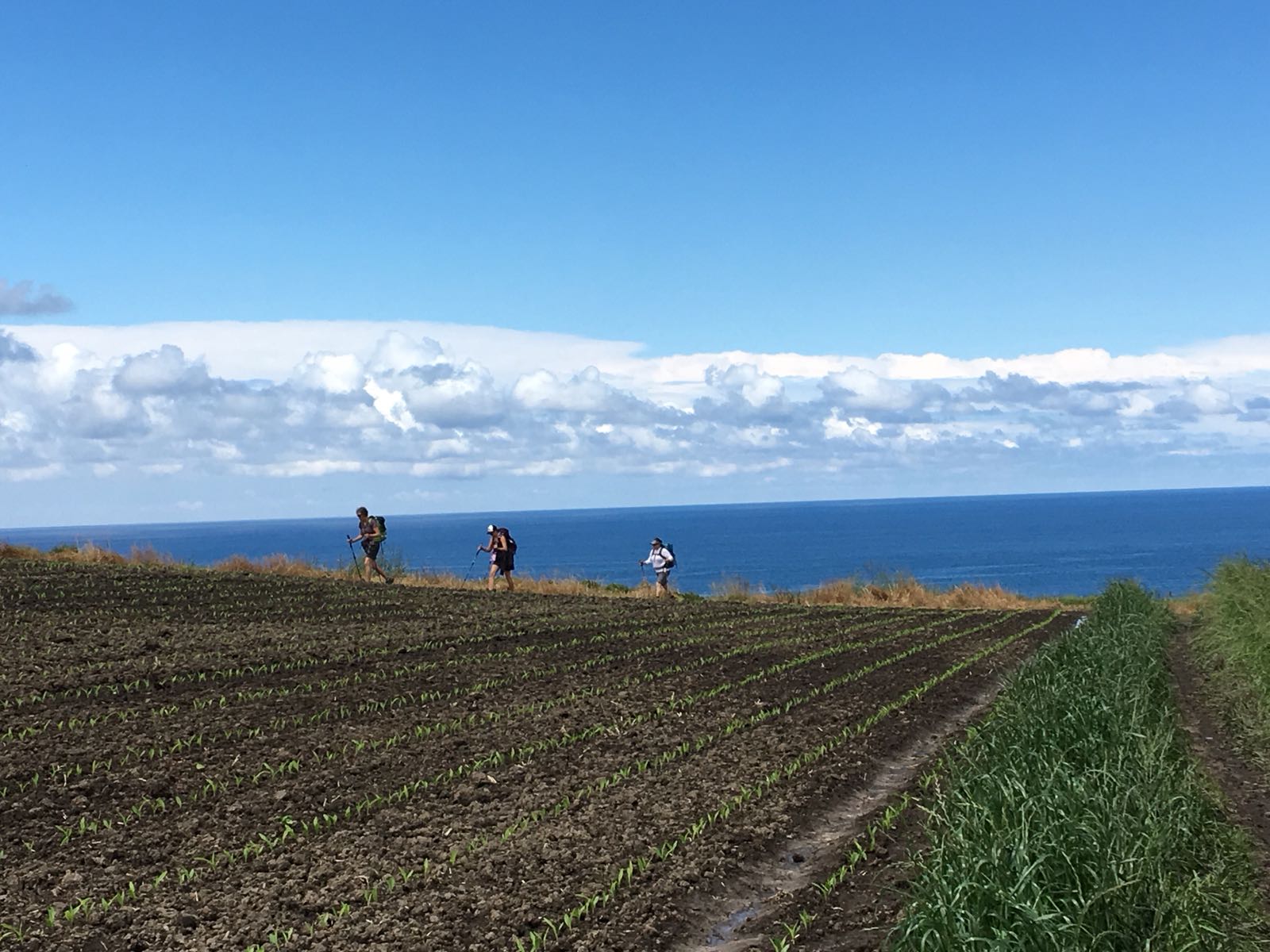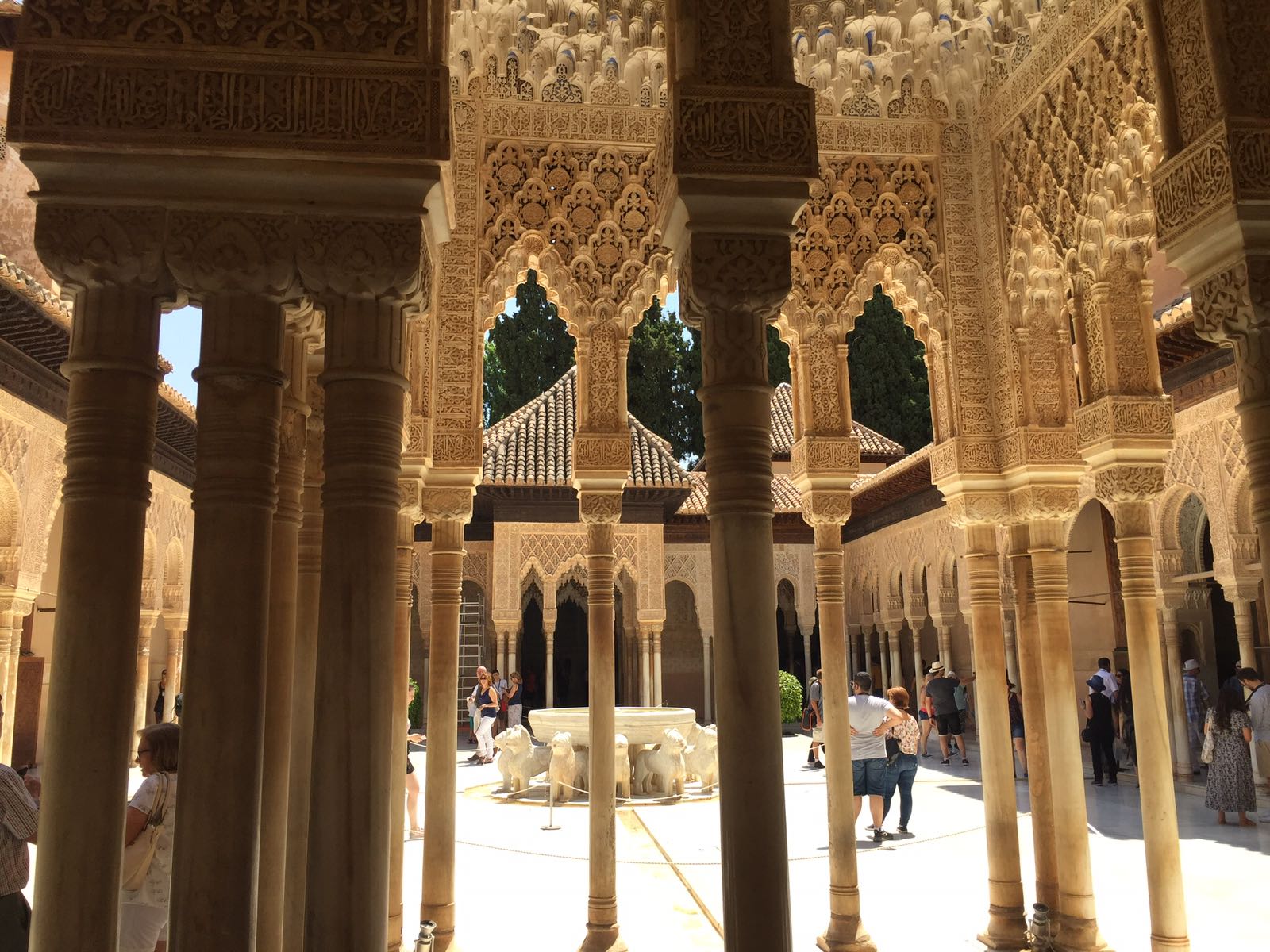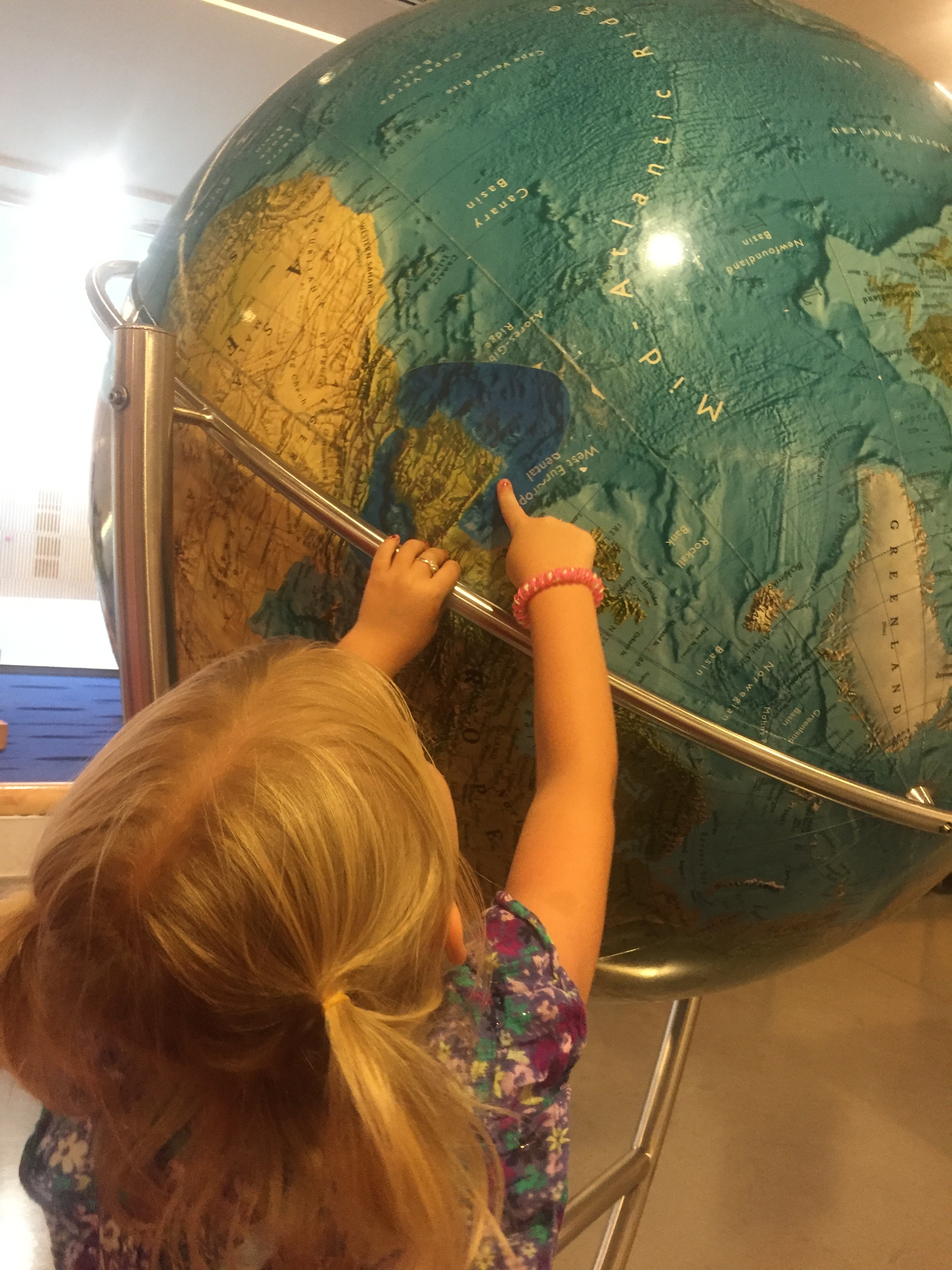Embracing the Pain of Transition using Art & Movement
/In my recent season of intense stuckness, where every path forward was cloudy and unclear; I often could not see past my own pain. Rather the still small voice invited me to sit in the fullness of confusion on a day-to-day basis and just wonder. My choices became noise cluttering my already full and naturally-analytic brain. I would feel flooded easily. I could not think my way in or out of this complex transition. I sought to not just simply exist, as I daily felt that was all I had the energy for. Ultimately I desired to gain healthy momentum past this painful season. But how could I, if decision-making was so impaired?
As I sought the way out, I was subsequently enveloped in new, but familiar pain...residual from both my recent and distant past. Lessons I had to return to and learn in a new way. The depth of my experience of pain, I prayed, would enrich the empathy I felt for others—equipping me to better come alongside. Yet in the midst of my own soul-aching darkness, I truly could not imagine the other side of the pain. And even more troubling was the nagging thought that I may never have a capacity to work with others in this painful painful place.
A wise mentor of mine consoled me in this season, "Sara, if there was ever a top 10 list of things people (and especially workers) experience on the field, you're basically learning the dictionary and becoming proficient in it! If anything, your experiences of painful transition broaden your capacity for the work that you are called to do." How dreadfully dark to base a career on the most intense seasons of pain! Yet the reminder of feelings of intense isolation, and those that accompanied me in it, propelled me toward but a sliver of hope that maybe this time would be redeemed to help someone else in their dark season. I desired hope and ultimately purpose in it all. Not to push past the reality of the pain, but to learn to embrace what God wanted to teach through the intensity that could only be learned by going directly through transition.
As my thoughts became noisy and I couldn’t analyze or strategize my way out of my transition, I in turn took to walking. My body was required to pick up where my thoughts left off. Walking, hiking, biking and yoga became my outlets to hold my pain. This bodily engagement afforded me time and space to NOT have to figure life out. These outlets became a life source for me.
My sole purpose in the pain became “fighting” to learn all that I could; about my own weaknesses, my own woundings, my past, and how my body needed acknowledgement and outlets for carrying my pain. A far more poignant and intense classroom than theories, concepts or textbooks could convey were these lessons I was learning in a visceral way. The experiential learning, unequivocal to the conceptual knowledge, catalyzed me to engage the learnings of transition in new and deeply profound ways—through both movement and art.
I began playing with ways of using transition tools and art to process using the right & left brain
Because transition requires all of our being, I've become convicted through my own learnings that navigating these seasons should be approached with our whole self; our whole brain. The holistic approach includes experiences of physical, spiritual, and emotional encounters to integrate our often-felt disorientation and disintegration. Alongside body movement, finding and creating art that resonated with or spoke to the pain became my goal: “Look for art that captures the heart” became my mantra!
Visual art and kinesthetic movement became powerful outlets for the overwhelm I would feel in my brain. I played with words and color despite the negative voices from my past discouraging me to do so.
The most comforting voices in transition are those who have gone before us and can genuinely say “keep going,” “it won't last forever,” "YOU ARE NOT ALONE on this pilgrimage,” “THIS TOO SHALL PASS.”
Despite not being entirely out of my own current transition journey (and question if we ever really are) I am grateful to be in the direction phase; trusting God that He will use my scarred stories similar to the way in which he has redeemed other's wounds for my growth. I pray that I would be used to provide a healing balm where the wounds remain so raw and open in others.
Therefore, my goal for the creation of both the Art of Transition and The Long Camino Walk is simply: To use art and movement to learn the unique lessons God is inviting each of us into as we continue to unpack our unique calling in this world. May we together embrace these transitions as a normal process the Creator intended for us. And similar to the transition cycle that all of creation is subject to, may we see the mistakes, the time of seeming unfruitfulness, as a vital and necessary season on the journey of making something more beautiful and abundantly fruitful. I am still on a long journey of embracing this season of the way between.
A Transition Prayer of Lament
Injustice, Sorrow, Tears
A deep well of seemingly never-ending grief
Keeper of my heart, beautiful Jesus
Humbled, I bow
You wrong the right
It is all yours
That others would see your love—
not my pain, my anger, my shame or my sin.
Brighten my face that your wisdom would shine through
Redeem my experience in worship to you
FOR REFLECTION AND DISCUSSION:
· What change has precipitated your entry into your current transition?
· What do you sense God is trying to address in pushing the pause button on your journey?
· How are you currently receiving it?



























